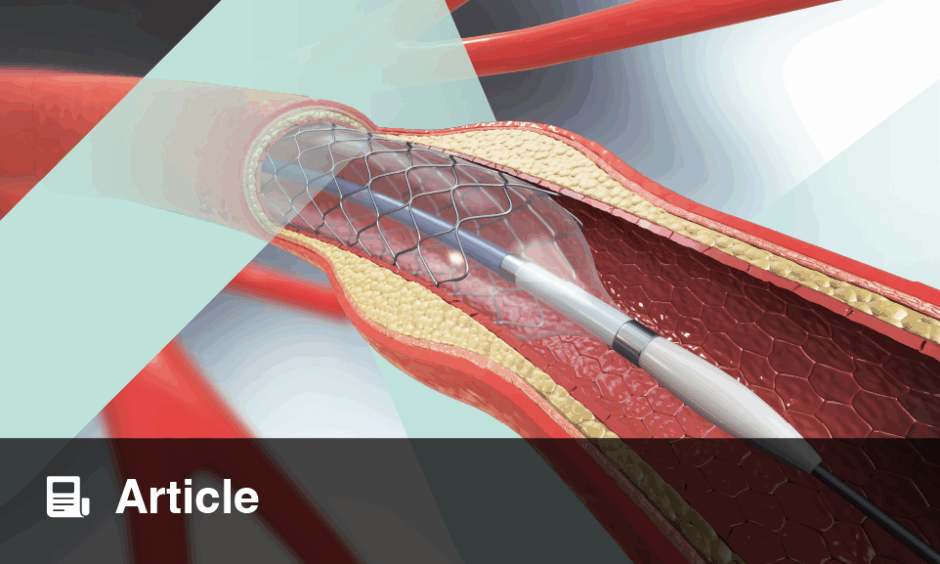CEREBRAL embolism protection (CEP) can improve survival and reduce the severity of procedure-related strokes in patients who have had transcatheter aortic valve replacement (TAVR), a retrospective study has found.
In an investigation led by Samir Kapadia, Chair of Cardiovascular Medicine at the Cleveland Clinic, Ohio, USA, researchers analysed a dataset of 136,382 patients in the Nationwide Readmissions Database (NRD) who had TAVR in 2018–2019, of which there were 10,201 patients who had received a Sentinel™ CEP device during TAVR.
Although the proportion of patients who had a stroke after TAVR was similar in the CEP group (189; 1.85%) and the non-CEP group (1,447; 1.94%), it was found that patients who had CEPs went home after post-TAVR strokes at a rate of 28.2%, compared with 19.9% of patients who did not have CEPs. Furthermore, in-hospital death rates were found to be 6.35% and 11.8% for the CEP and non-CEP groups, respectively. In an interview, Kapadia explained that “the people with the CEPs who had a stroke had half the mortality, and they were going home at a significantly higher rate, than the people who had a stroke and didn’t have CEPs.”
CEP devices function by inserting a catheter into the patient’s right wrist during TAVR, capturing embolic debris using two filters: one on the right carotid and radial arteries, and one in the left carotid artery. The CEP filters are detached once the aortic valve is seated and the TAVR is complete. Previous work by Kapadia and colleagues reported in the PARTNER trial has shown that CEP filters effectively capture large embolic particles, thereby resulting in smaller brain lesions in patients.
David Cohen, Director of Clinical and Outcome Research at the Cardiovascular Research Foundation, New York, USA, said that the study suggests “there may be an important benefit of cerebral embolism protection that has not been well established to date.”
“While data on whether embolic protection actually prevents strokes is controversial and not at all definitive,” Cohen added, “these data suggest that perhaps one additional mechanism of benefit is that it’s making it much less severe when stroke occurs.”








